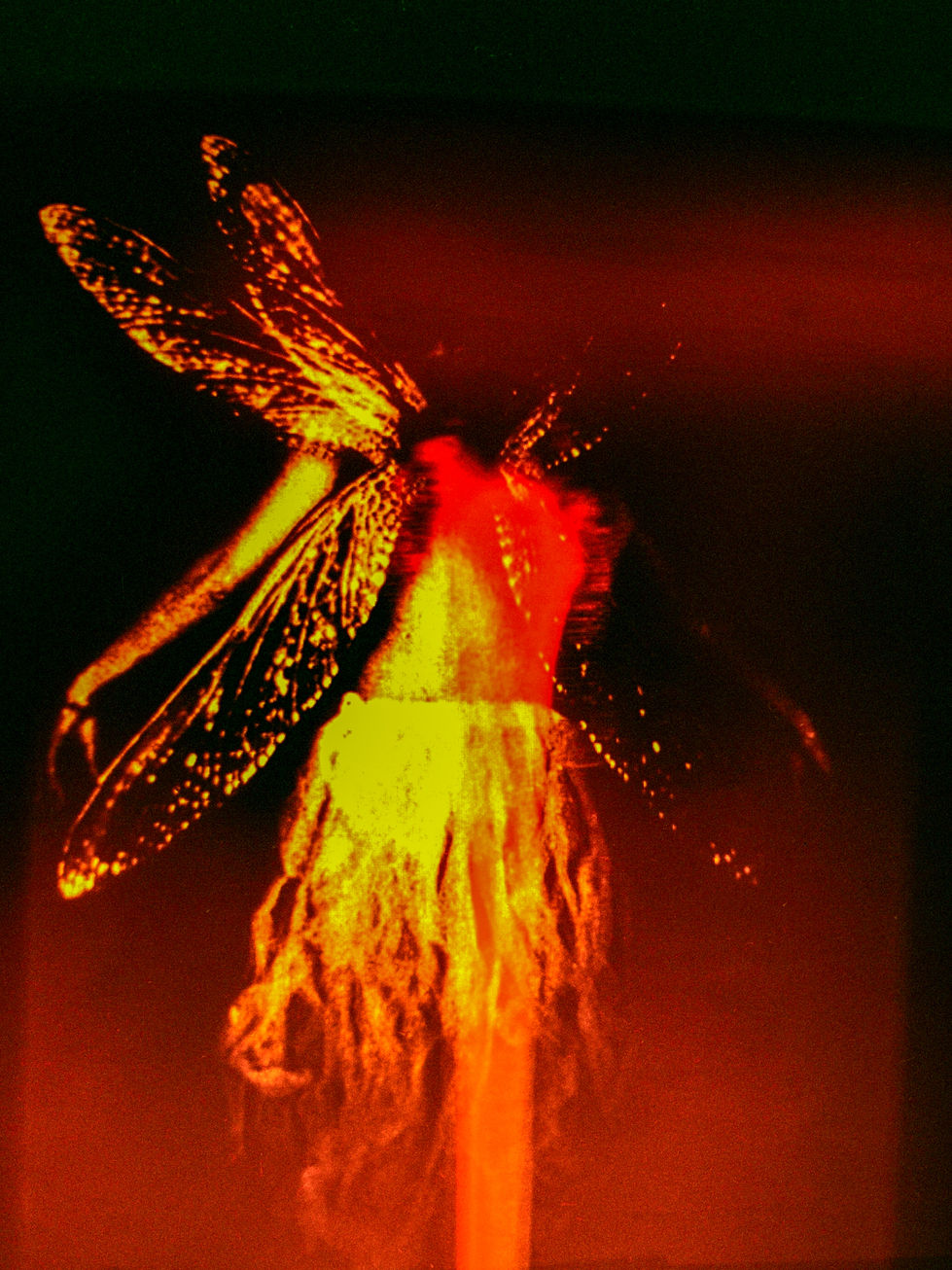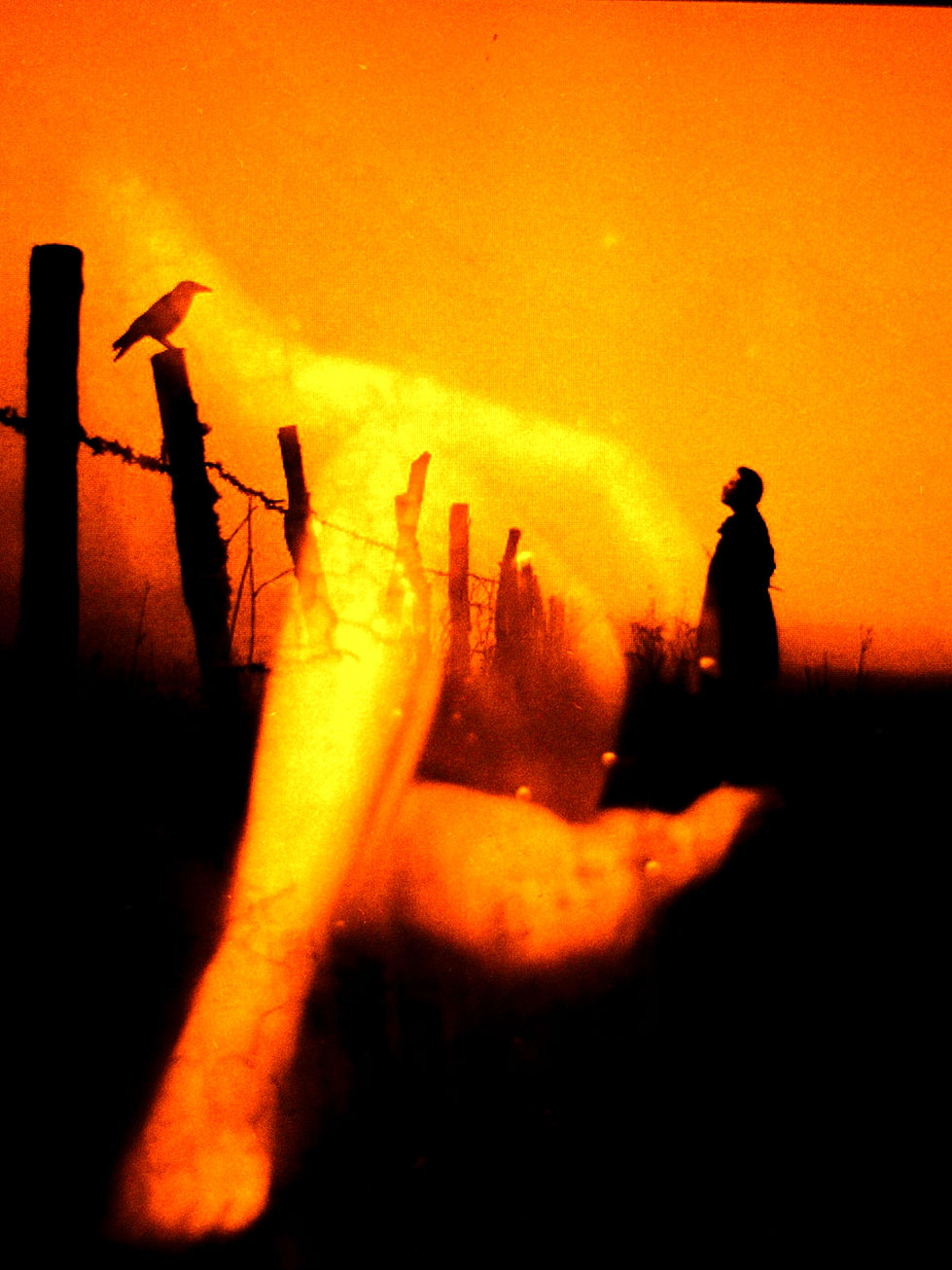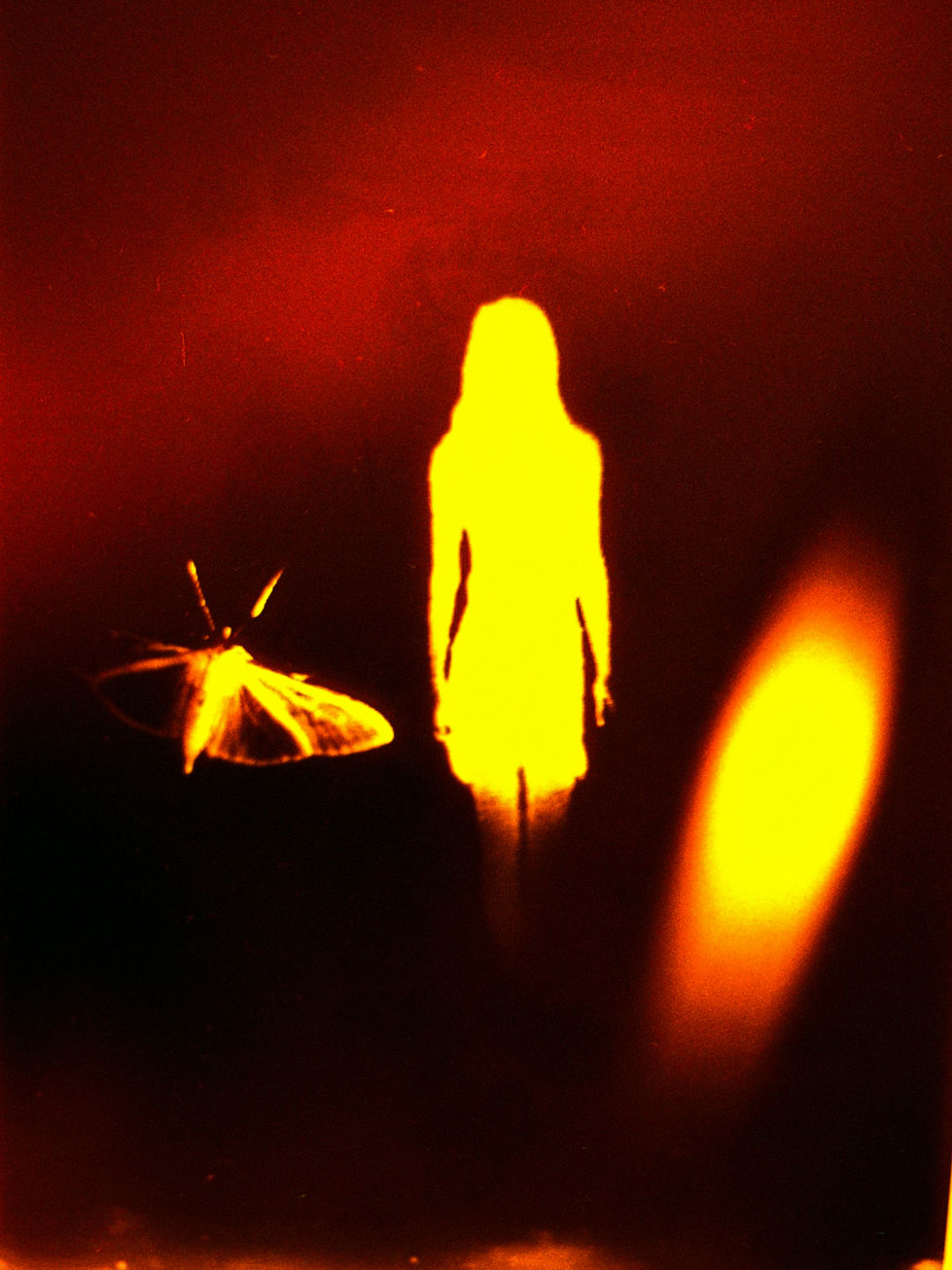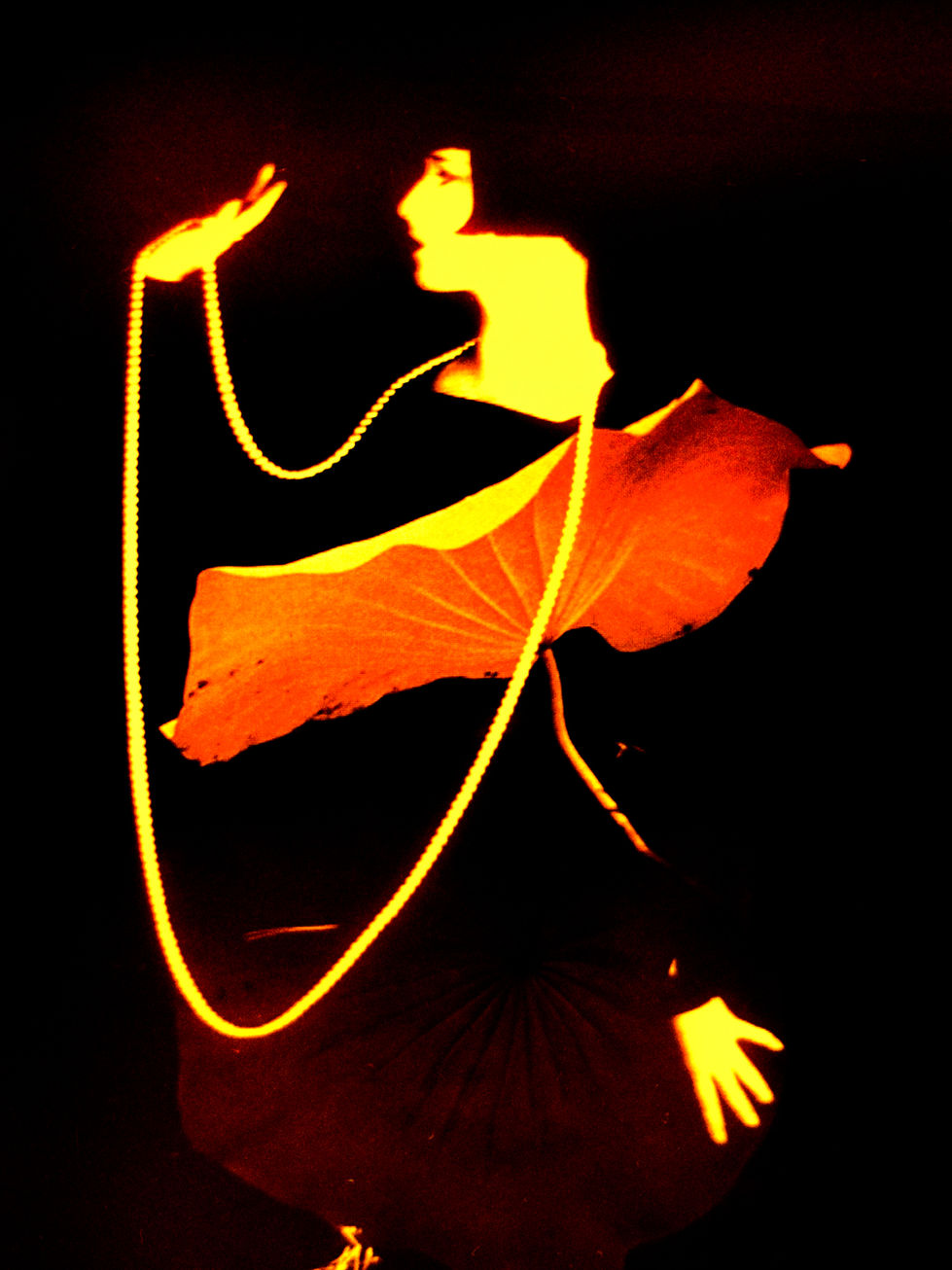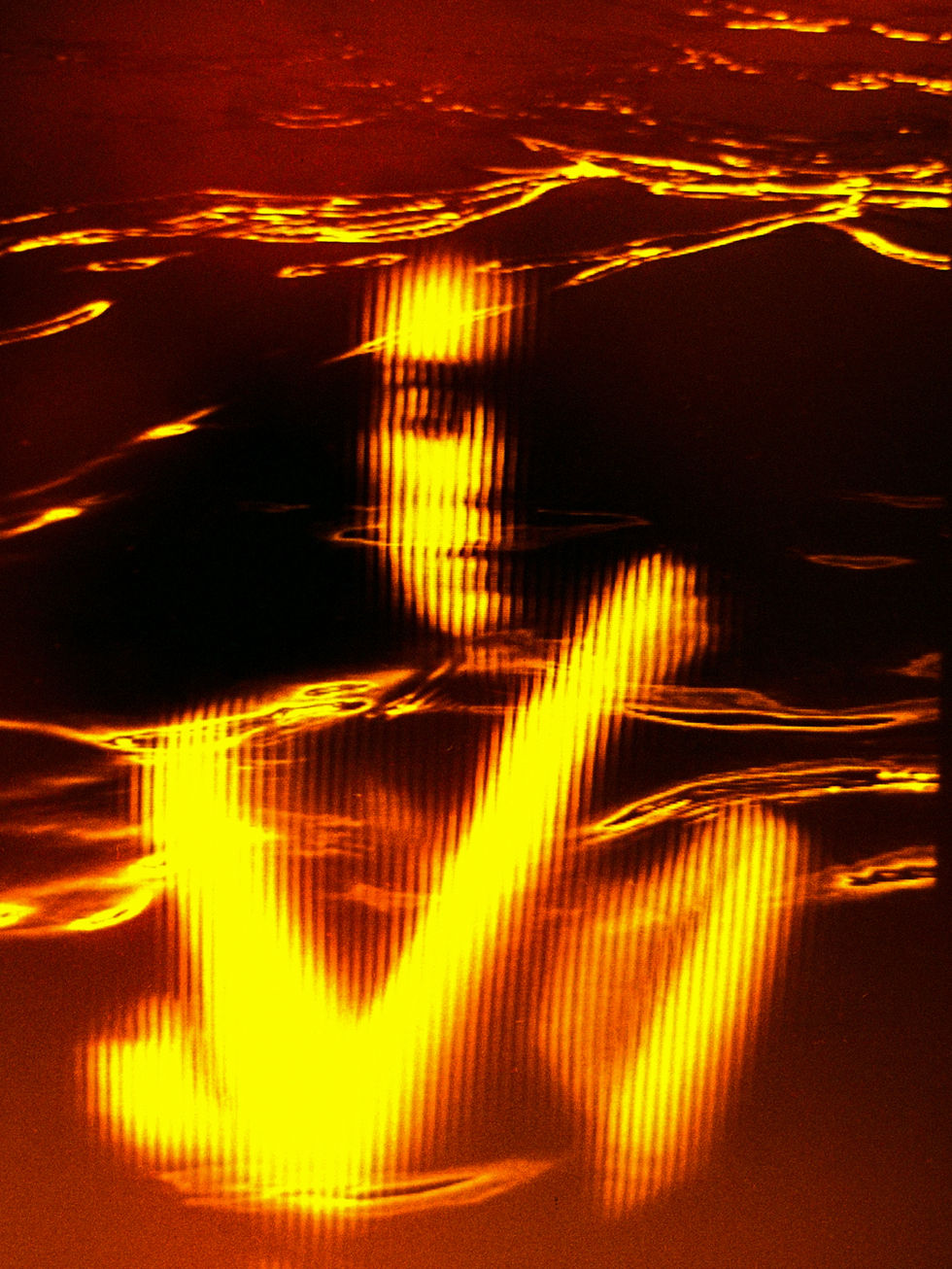
EGOR
GUSCHIN
VISUAL ARTIST
Create Your First Project
Start adding your projects to your portfolio. Click on "Manage Projects" to get started
False Awakening
Medium
Photography
Year
2024 - in progress
Gradually someone appeared above me... and asked me: What is your name?
I thought: "The answer will wake me up". However, I decided to answer and gave my name, throwing my head back and laughing, as if the decision to no longer care about maintaining awareness was audacious or indecent.
With this thought, I woke up and thought: "I need to go and record a lucid dream", but I could not remember where to do it (although I was still there, in the lobby), and then there was a short normal dream, after which I woke up completely.
This project is a visual study of the phenomenon of false awakening - a state in which the subject experiences the moment of awakening in a dream, mistakenly believing himself to be conscious. Such experiences are often part of more complex, multi-layered dreams—dreams within a dream—where each “awakening” leads only to the next level of dreaming. A person can live in such layers, believing in the reality of what they see, and when it seems that they have finally woken up, it turns out that this is just another simulation. This state is difficult to distinguish from wakefulness, which makes it both terrifying and beautiful.
From the point of view of neurophysiology, false awakening is an intermediate phase between REM sleep and full awakening. It is accompanied by the impression of full consciousness, although the brain is still in a state of sleep. Such experiences are often accompanied by high detail, confusion of temporal connections, and the effect of “sticking” into a reality that has no support in the real world.
To visualize this state, the technique of multiple exposure and redscale film was used, which gives characteristic orange-red hues. This color scheme creates an effect of psychophysiological detachment - like color noise, which undermines trust in the image. These colors seem to warn of danger - they signal that something is wrong, that reality is distorted, that awakening is not yet real.
The superimposition of visual layers imitates the accumulation of levels of sleep, where images, like events, merge into one another, without clear boundaries or sequence.
The project does not aim for documentary accuracy, but rather tries to convey a sense of loss of orientation, when the boundary between sleep and reality is erased. This is the main nature of false awakening: a state where doubt does not arise until awakening becomes another illusion.

















